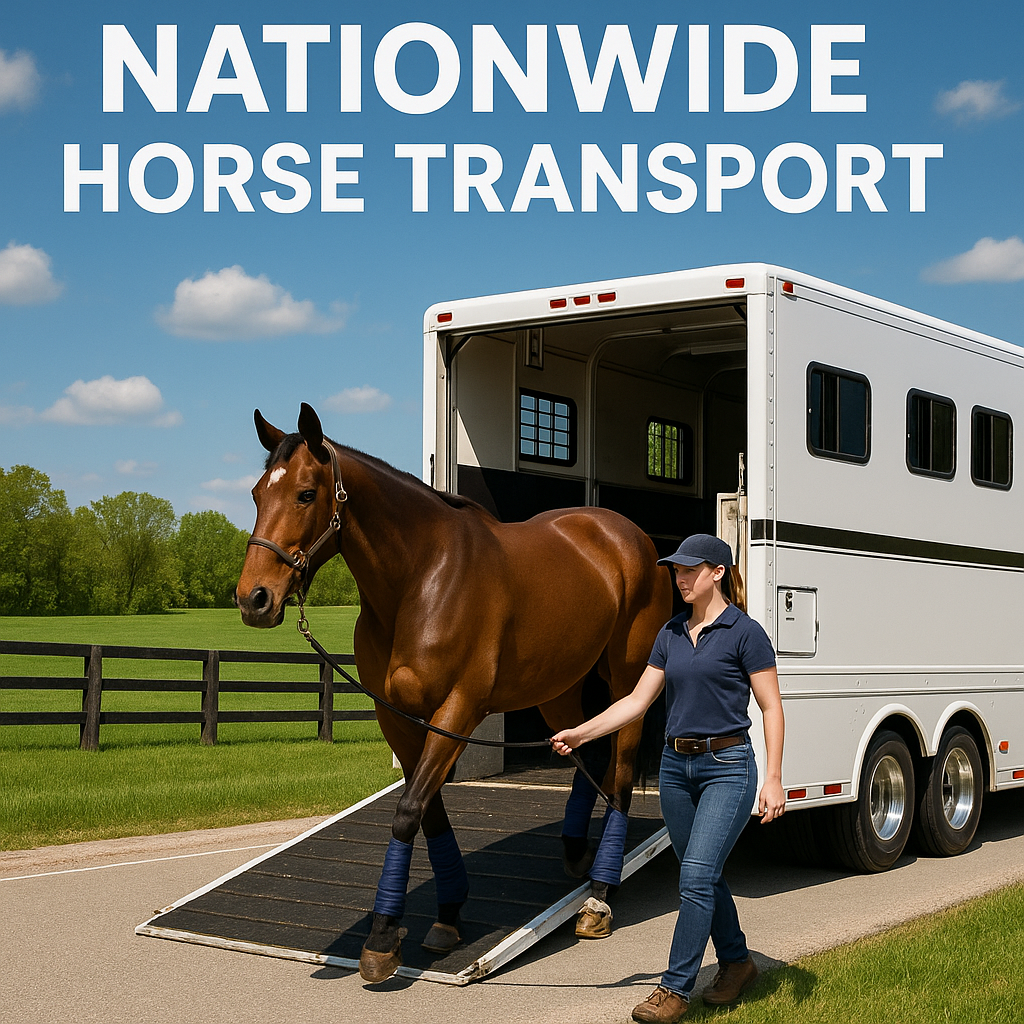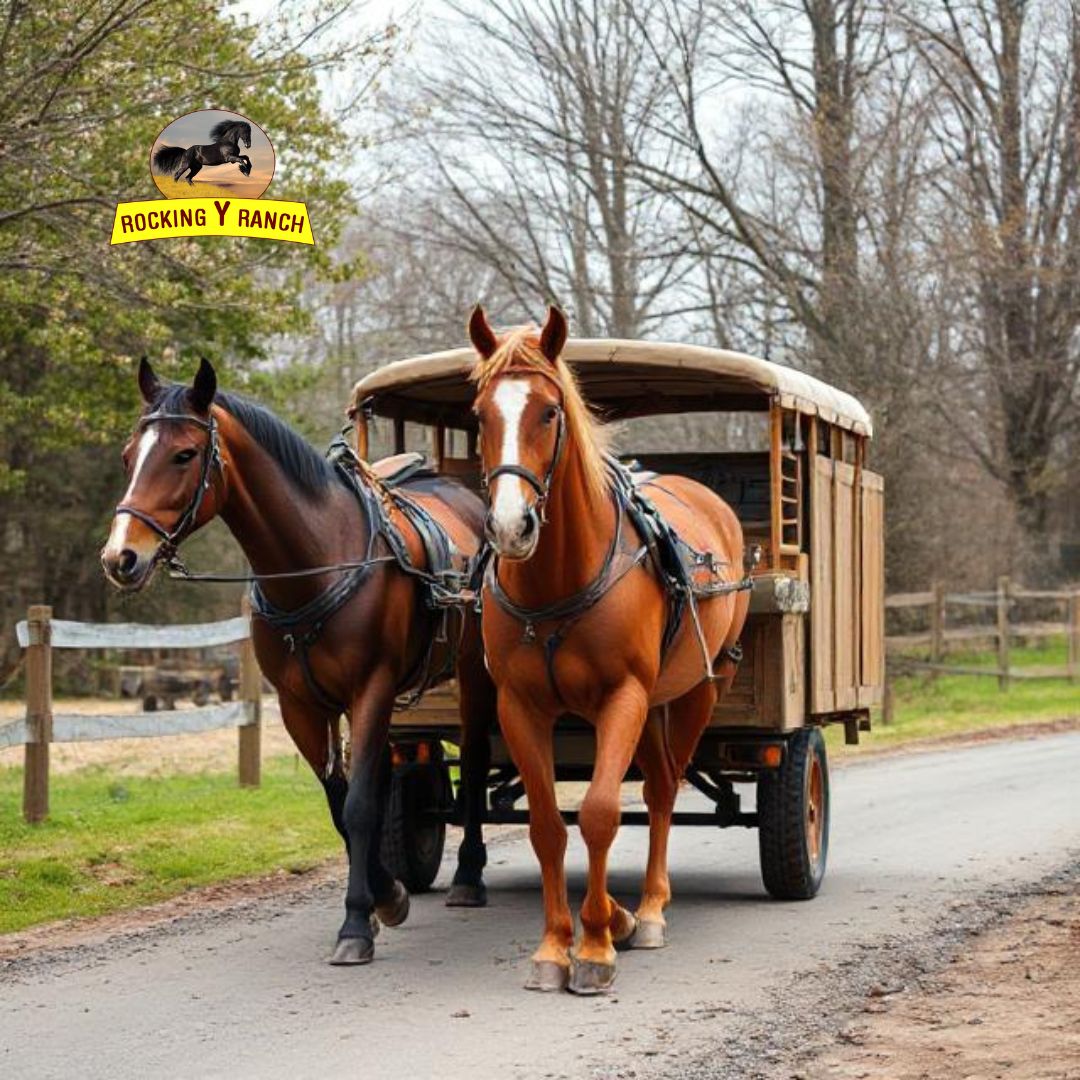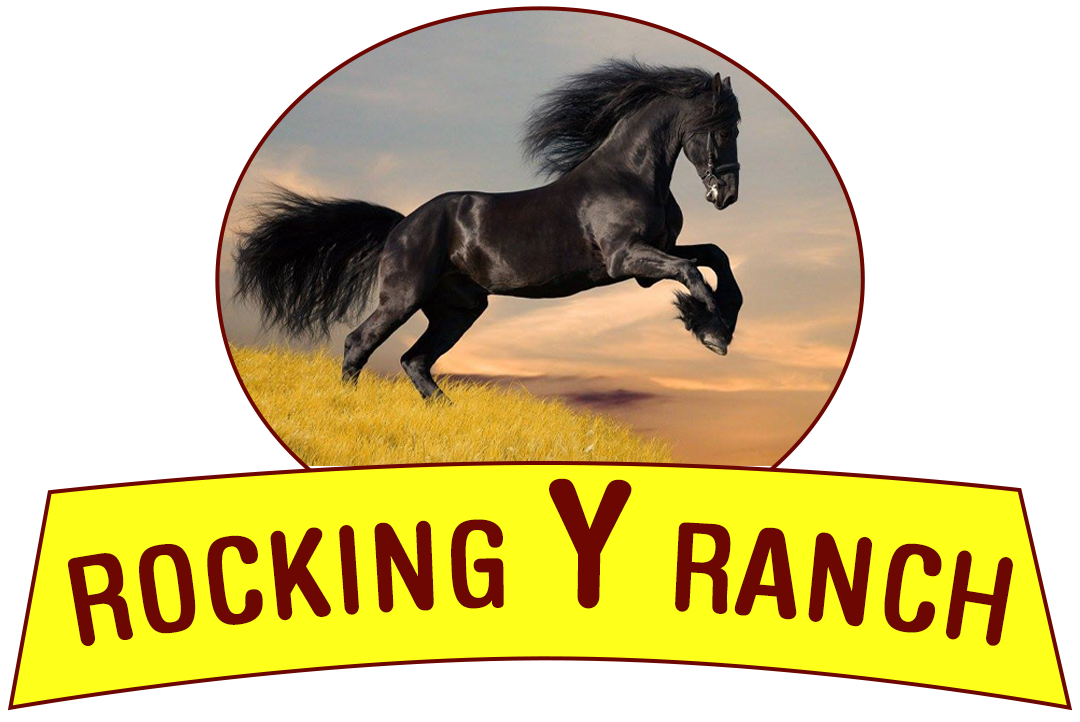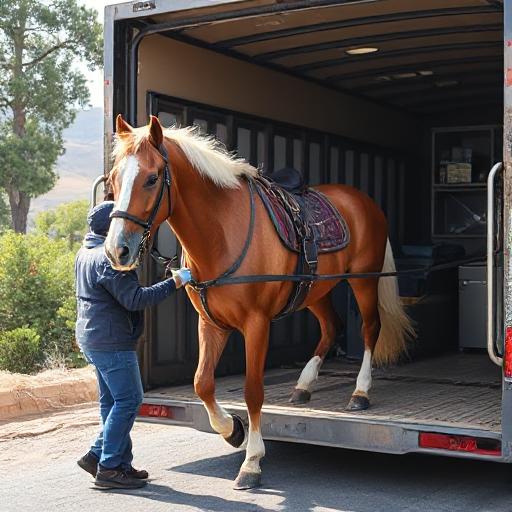The Complete Guide to Safe and Stress-Free Horse Travel
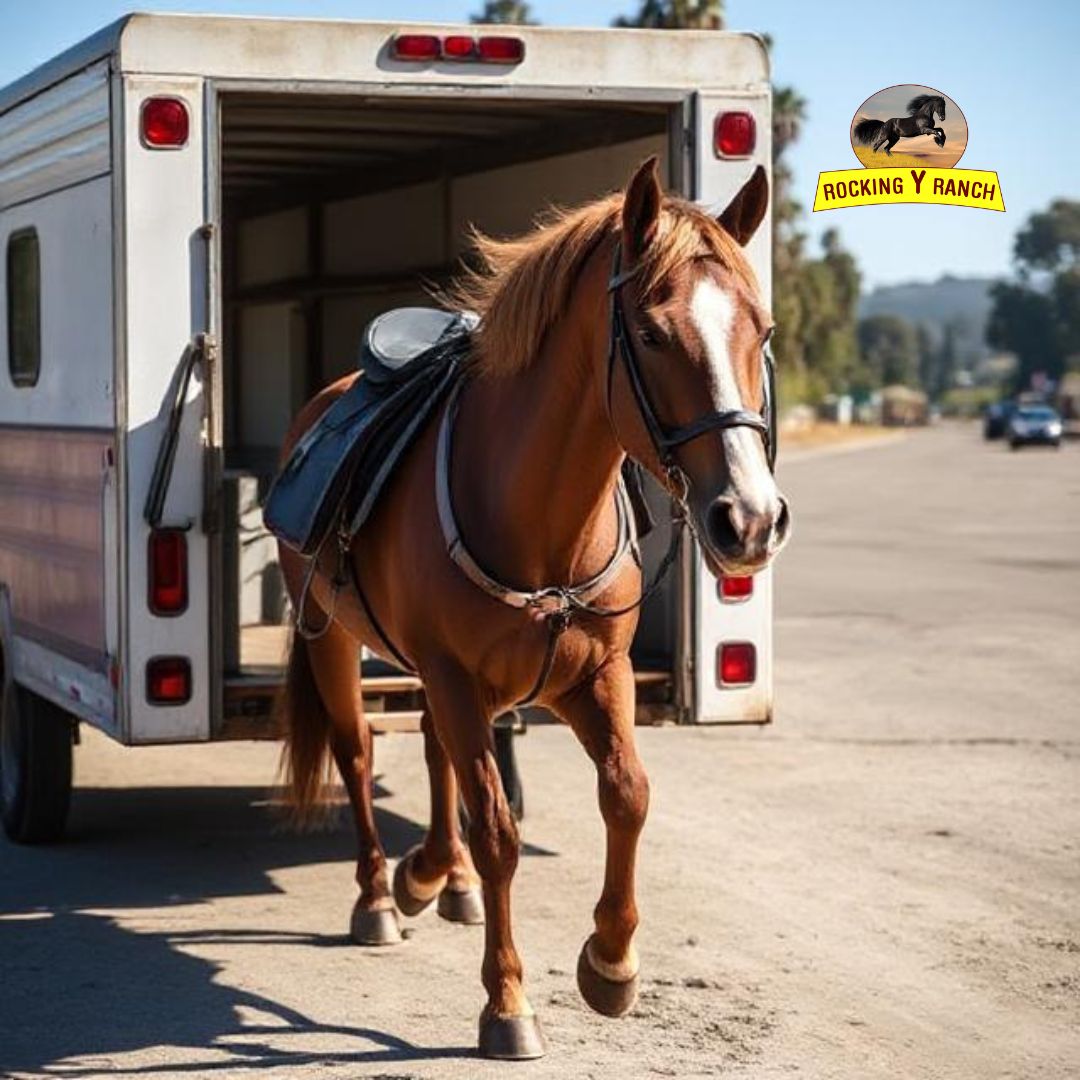
Transporting horses is a task that requires careful planning, expert handling, and a strong commitment to animal welfare. Whether moving a horse across town or to another state, horse owners must ensure the journey is as safe and stress-free as possible for their equine companion. From choosing the right trailer to preparing your horse for the road, every step matters. In this guide, we’ll cover everything you need to know to make your horse's travel experience smooth and secure.
Understanding the Needs of the Traveling Horse
Horses are naturally sensitive animals that thrive on routine and familiarity. Traveling takes them out of their comfort zone, which can lead to anxiety or health issues if not managed properly. Therefore, the first step in planning a trip is understanding what your horse needs physically and emotionally during transport.
Hydration, ventilation, and minimal stress are essential. Before any trip, horses should be healthy, well-fed, and checked for any signs of illness. Consult a veterinarian if your horse has a medical history that may be affected by travel.
Choosing the Right Transport Option
There are several methods to move a horse, but the most common and convenient is by trailer. The size, design, and safety features of the trailer can significantly impact your horse's comfort. Options include straight-load and slant-load trailers, each with pros and cons.
a) Straight-load trailers are designed for horses to face forward during transport and are often ideal for short to medium trips.
b) Slant-load trailers allow horses to stand at an angle, which can help with balance during long-distance travel.
Regardless of the type, the trailer must be well-ventilated, have non-slip flooring, and be free from sharp edges or loose parts.
Preparing Your Horse for Travel
If your horse is not accustomed to being loaded into a trailer, it’s important to start training well in advance. Practice loading and unloading several times before the actual trip to build your horse’s confidence. Use positive reinforcement and stay calm to avoid making the process stressful.
Also, consider your horse’s diet and feeding schedule. It’s best not to feed a large meal right before the trip. Instead, offer hay during travel to keep them occupied and promote digestive health.
Water is another essential factor. Dehydration is a common issue during transport. Bringing familiar water from home or flavoring it slightly can encourage drinking while on the road.
Packing the Essentials
A well-packed travel kit can make all the difference during horse transport. Here’s a checklist of items to bring along:
a) First aid kit for horses
b) Water buckets and familiar water
c) Hay nets and forage
d) Extra halters and lead ropes
e) Health documents and identification
f) Grooming supplies
g) Fly spray and leg protection
Always pack with the idea that delays could occur, so having a little extra of everything is wise.
Ensuring a Safe Journey
On the day of the trip, load your horse calmly and double-check all trailer connections. Make sure the vehicle towing the trailer is in good condition and capable of handling the load. Drive smoothly, avoiding sharp turns or sudden stops.
If the trip is long, plan regular stops every few hours to check on your horse, offer water, and give them a break from the motion. Avoid unloading unless necessary, especially in unfamiliar or unsecured locations.
Communication with your transport driver or team is also key if you are not doing the driving yourself. Make sure they are experienced with horses and understand the importance of calm and careful handling.
Monitoring During Transport
Modern trailers often come equipped with internal cameras, allowing you to monitor your horse without opening doors or windows frequently. This can be especially helpful during long trips when you need to keep an eye on your horse’s posture, sweating, or signs of distress.
Keep in mind that horses balance themselves differently during travel. Slight swaying, shifting, or occasional stomping can be normal. However, constant pawing, vocalizing, or trying to lie down could indicate discomfort or stress.
Post-Transport Care
Once you arrive at your destination, give your horse plenty of time to rest and acclimate. Provide water immediately and offer some hay before a full meal. Observe your horse closely for signs of colic, dehydration, or other travel-related issues.
Let your horse walk around and stretch out. Light exercise after a long trip helps stimulate circulation and can ease any muscle stiffness. Grooming your horse post-travel also allows you to check for injuries or signs of irritation from protective gear.
Legal and Documentation Requirements
Depending on where you’re transporting your horse, certain legal documents may be required. These can include:
a) Health certificates issued by a licensed veterinarian
b) Coggins test results (for Equine Infectious Anemia)
c) Ownership or registration papers
d) State entry requirements (for interstate travel)
Keep all documents in a waterproof folder and easily accessible during the journey.
When to Hire a Professional
While many horse owners prefer to handle transport themselves, there are times when hiring a professional is the best option. This is especially true for long-distance travel, international moves, or when transporting multiple horses.
Professional horse transport services specialize in providing high-quality care during travel. Look for companies with experienced handlers, clean and well-maintained equipment, and a solid reputation. It's also a good idea to ask for references and verify any required licenses or insurance coverage.
Choosing a reliable horse transport provider can make all the difference, especially when you need peace of mind that your animal is in the best possible hands.
Conclusion
Whether it’s your horse’s first journey or their hundredth, every transport requires attention to detail, preparation, and care. By planning ahead, using proper equipment, and monitoring your horse’s well-being before, during, and after the trip, you can ensure a safe and successful journey. With the right approach, travel doesn’t have to be stressful—it can even be a positive experience that strengthens the bond between you and your horse.
Note: IndiBlogHub features both user-submitted and editorial content. We do not verify third-party contributions. Read our Disclaimer and Privacy Policyfor details.



